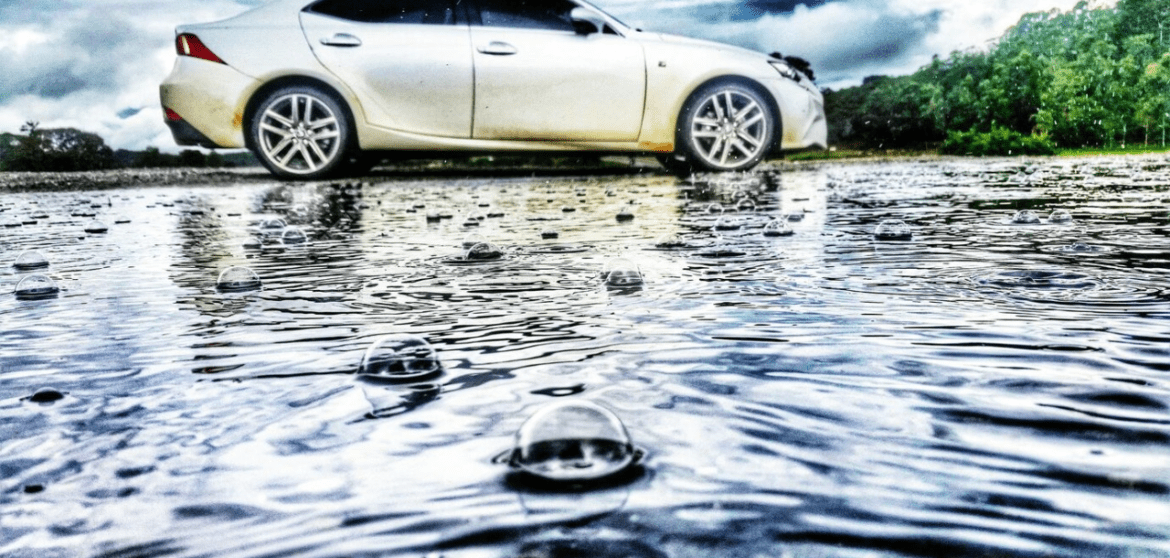How to Spot Flood-Damaged & Salvage Cars in Dubai
Dubai has a thriving used car market, with many vehicles imported from countries like the United States. While this offers buyers a wide variety of choices, it also comes with risks, one of the biggest being flood-damaged and salvaged cars.
Flood-damaged cars are those that have been submerged in water, often due to hurricanes or heavy rainfall. Many of these vehicles are declared a total loss by insurance companies in the US and then sold at auctions. Some of these cars make their way to Dubai, where they may be repaired and resold without full disclosure of their history.
Let’s explore how to spot flood damage in cars with Drive UAE.
Why Are Flood-Damaged & Salvage Cars Imported to Dubai?
Flood-damaged and salvage cars are often imported to Dubai due to their low auction prices in countries like the US, where insurance companies write them off as total losses. These vehicles, though sometimes repaired, are sold at a fraction of their original value, making them attractive for resale in markets like Dubai.
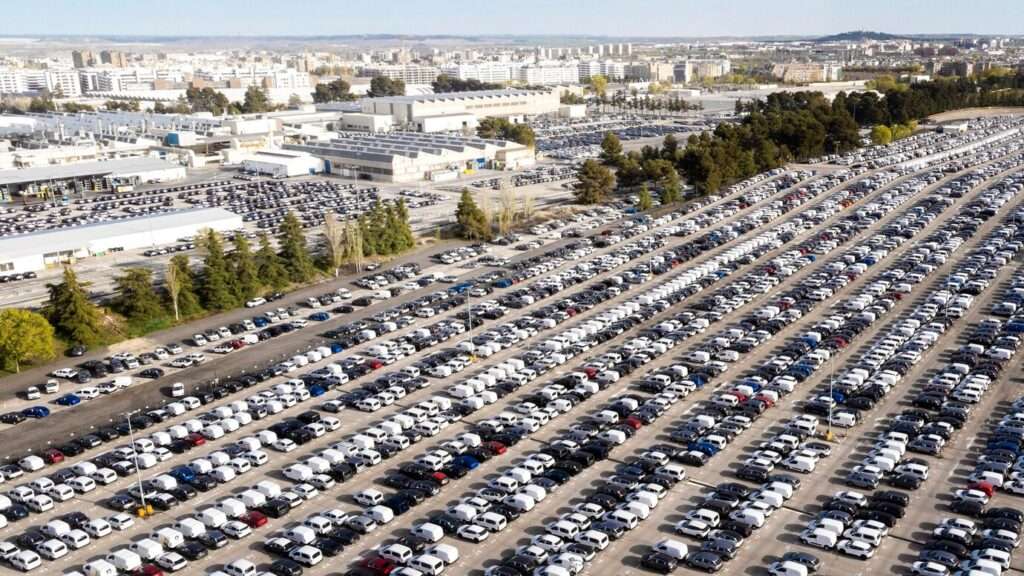
However, sellers may not always disclose their full history, and unscrupulous dealers might try to pass them off as regular used cars. This results in unsuspecting buyers facing the risks of hidden damage and costly repairs.
How to Spot Flood-Damaged Cars
Spotting a flood-damaged car requires careful inspection, both inside and out.
- Start by checking the exterior for signs of water lines or stains on doors, windows, and the trunk.
- If you notice any unusual rust or corrosion on the body or undercarriage, it could indicate water exposure.
- Foggy headlights or taillights are another red flag, as moisture can get trapped inside.
- Next, inspect the interior for a musty or moldy smell, which often comes from damp carpets or upholstery.
- Check under the carpets and seats for water or sand deposits. Mismatched upholstery or freshly replaced carpets can also suggest repairs due to water damage.
- When it comes to the engine and mechanical parts, look for dirty or wet air filters, which can indicate exposure to water.
- Check the oil; if it looks cloudy or milky, it’s a sign that water may have mixed with the oil. If the engine makes strange noises or runs poorly, it could be a result of flood damage.
By paying attention to these signs, you can better assess if a car has been affected by flooding before making a purchase.
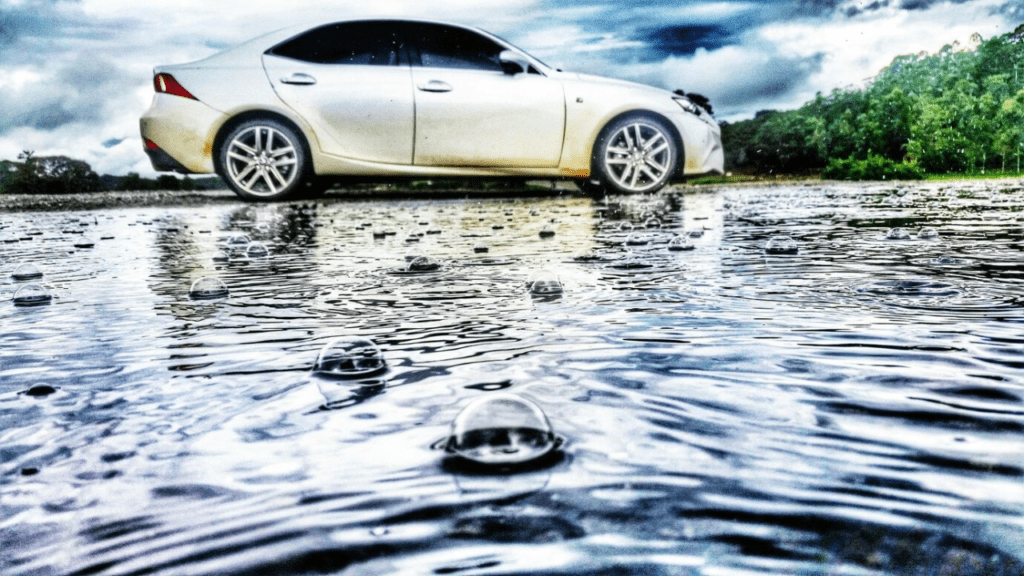
How to Spot Salvage Cars
Identifying a salvage car is important to avoid purchasing a vehicle with hidden damage. Start by checking the title and registration of the car. In the US, salvage cars have a “salvage title” indicating that they’ve been significantly damaged. Be cautious of title washing, where the salvage history is erased or hidden.
Next, look for signs of major repairs. Inspect the car for mismatched paint, unusual body panel gaps, or poorly aligned parts, which could indicate that the car has been involved in a major accident. Look for weld marks or signs of the frame being straightened or replaced.
A VIN check is another useful tool. Use online services like Carfax or AutoCheck to see if the car has a salvage history. These reports will tell you if the car was ever declared a total loss by an insurance company.
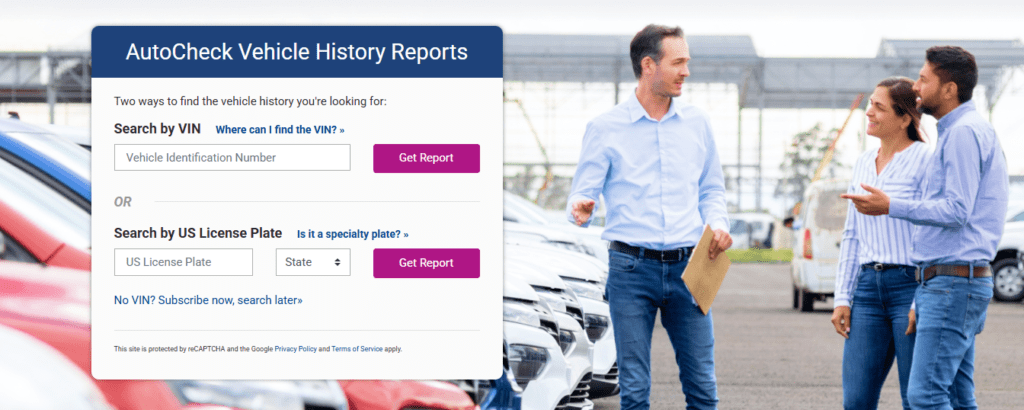
Finally, be cautious of cars that seem too cheap for their condition or model, as they may have a salvage history that isn’t disclosed. Always verify the car’s history before making a decision.
Red Flags When Buying a Used Import Car
When buying a used imported car, it’s important to watch out for signs that could indicate hidden issues, especially with flood-damaged or salvaged vehicles. Here are some red flags to be aware of:
- Unusually Low Price: If the price seems too good to be true, it might be. Flood-damaged or salvaged cars are often sold at a fraction of their value, so be cautious if a deal feels like a bargain.
- Reluctance to Share Information: If the seller avoids answering questions about the car’s history or refuses to provide documentation, it’s a sign that something might be wrong. Always ask for maintenance records, accident history, and proof of repairs.
- Mismatched or New Interior: If the car has an unusually clean or new interior for its age, it could be a sign of replacement due to flood damage. Check for damp smells or wet carpets under the seats.
- Inconsistent Paint or Bodywork: Look for signs of repainted sections, mismatched paint, or misaligned body panels, which could indicate that the car has been in an accident or involved in significant repairs.
- Electrical Issues or Warning Lights: If the car’s electronics aren’t working properly, like malfunctioning windows, lights, or dashboard indicators, it could suggest underlying flood or mechanical damage.
- Suspiciously Low Mileage: Be cautious if the mileage on the odometer seems unusually low for the car’s age. This could indicate tampering or a car that’s been out of service for a while due to previous damage.

Always perform a thorough inspection, ask for a vehicle history report, and, if possible, have a professional mechanic check the car before buying.
Red Flags When Buying a Used Import Car
When buying a used imported car, it’s important to watch out for signs that could indicate hidden issues, especially with flood-damaged or salvaged vehicles. Here are some red flags to be aware of:
Unusually Low Price
If the price seems too good to be true, it might be. Flood-damaged or salvaged cars are often sold at a fraction of their value, so be cautious if a deal feels like a bargain.
Reluctance to Share Information
If the seller avoids answering questions about the car’s history or refuses to provide documentation, it’s a sign that something might be wrong. Always ask for maintenance records, accident history, and proof of repairs.
Mismatched or New Interior
If the car has an unusually clean or new interior for its age, it could be a sign of replacement due to flood damage. Check for damp smells or wet carpets under the seats.
Inconsistent Paint or Bodywork
Look for signs of repainted sections, mismatched paint, or misaligned body panels, which could indicate that the car has been in an accident or involved in significant repairs.
Electrical Issues or Warning Lights
If the car’s electronics aren’t working properly, like malfunctioning windows, lights, or dashboard indicators, it could suggest underlying flood or mechanical damage.
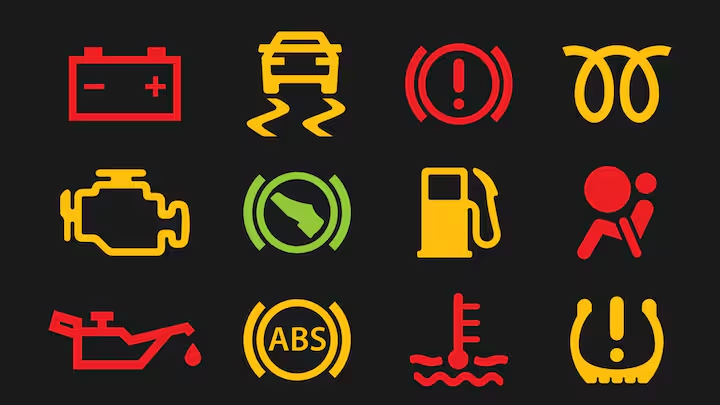
Suspiciously Low Mileage
Be cautious if the mileage on the odometer seems unusually low for the car’s age. This could indicate tampering or a car that’s been out of service for a while due to previous damage.
Always perform a thorough inspection, ask for a vehicle history report, and, if possible, have a professional mechanic check the car before buying.
Conclusion
Buying a used car in Dubai, especially an imported one, can be a great deal, but it’s essential to be aware of the risks of flood-damaged and salvaged vehicles. By knowing how to spot signs of water damage, checking for salvage titles, and verifying the car’s history through proper channels, you can avoid costly mistakes and ensure your purchase is safe and reliable.

